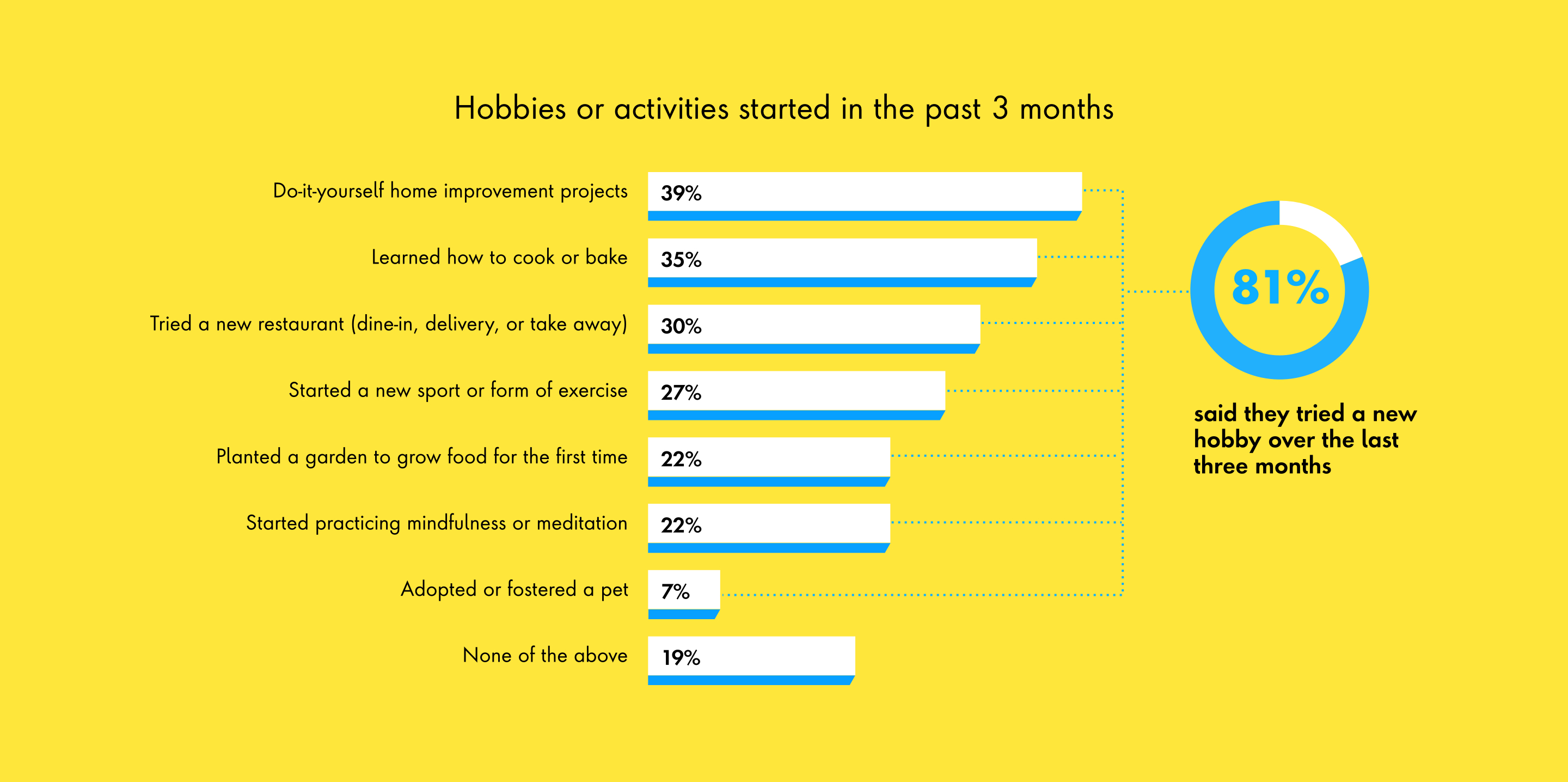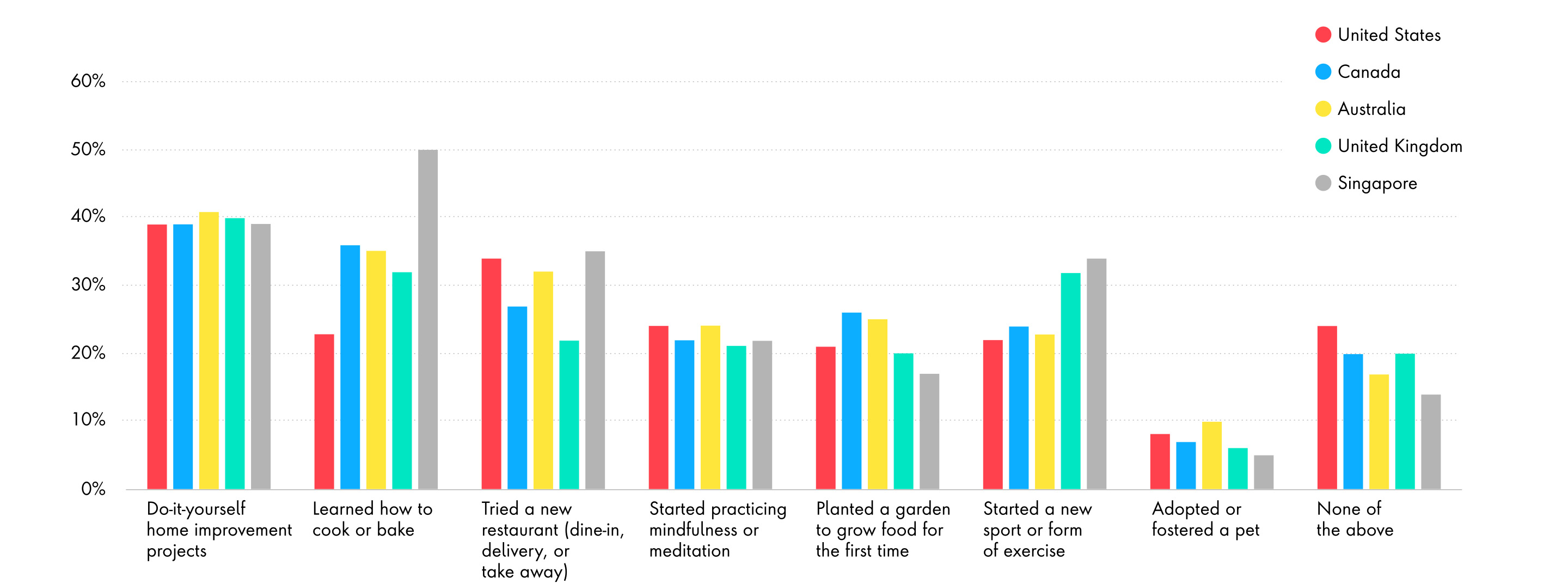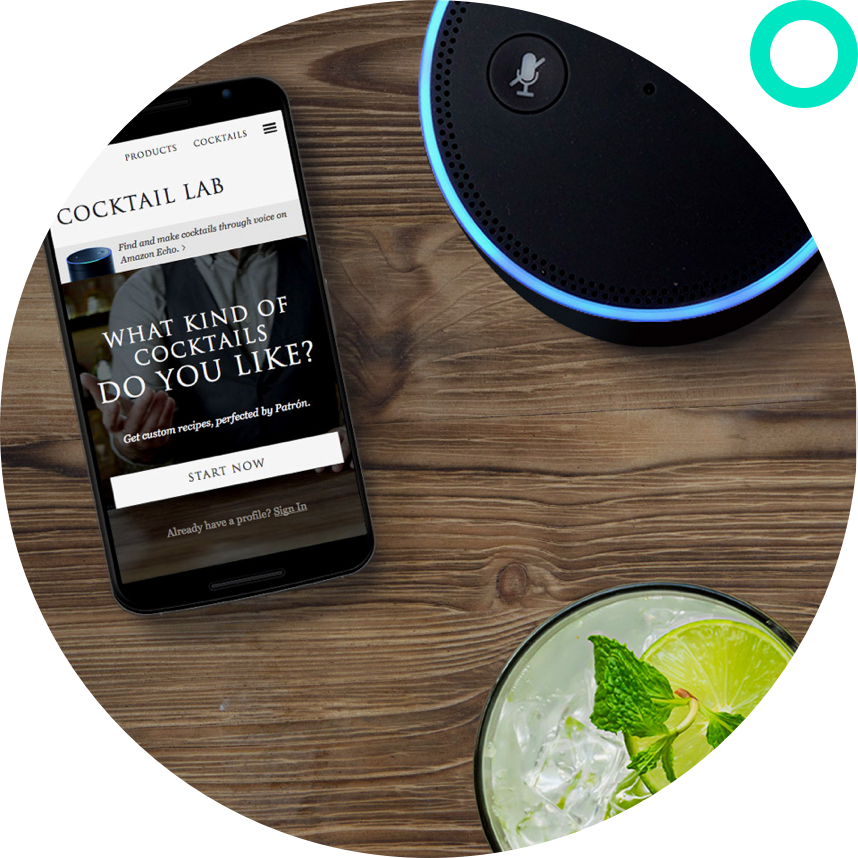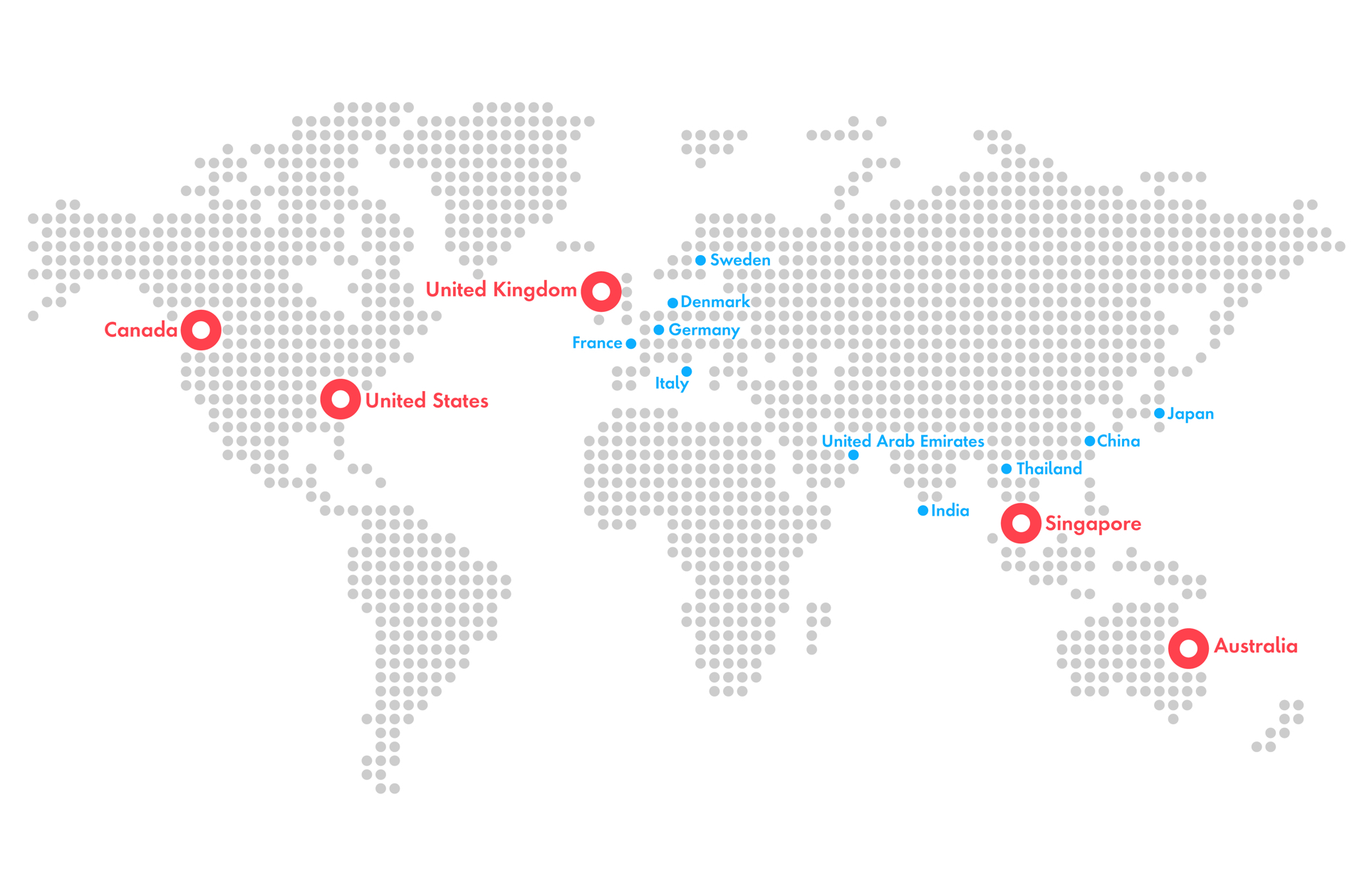Throughout the first half of 2020, quarantines and stay-at-home orders became a worldwide response to an escalating global health crisis, with countries advising citizens to limit travel and out-of-home leisure activities – like shopping, travel and dining – closing their doors.
All of a sudden, tasks like grabbing a coffee before work, dropping the kids off at school, heading to a fitness class or spending an evening with friends became highly restrictive, challenging people to adapt to a new way of life.

